Eines vorweg: der Zoom F1 ist nicht in allen Situationen die ideale Wahl. Aber kein anderer Recorder meistert so viele Herausforderungen so souverän wie der F1.
Seine Hauptaufgabe als Shotgun-Mikrofon für DSLR- und DSLM-Kameras erfüllt der F1 tadellos. Zwar ist er einen Tick größer und schwerer als gängige Kameramikros wie das Rode VideoMic Pro, wirklich störend ist das aber nicht. Die mitgelieferte Mikrofonspinne hält den Recorder fest im Griff und isoliert ihn vor Bediengeräuschen an der Kamera.
Darüber hinaus lässt sich das Mikrofon auch als Handmikro verwenden - etwa für VoxPops oder kurze Interviews. Dank Hold-Taste und eingebautem Limiter mit 10 dB Spielraum kann man das Mikro einmalig einpegeln und danach auch ohne Kopfhörer sorglos laufen lassen. (Allerdings sollte man aufpassen, dass man nicht den Gain-Regler verstellt - davor schützt auch die Hold-Taste nicht.) Kleiner Life Hack: für Pressekonferenzen oder Interviews am Tisch lässt sich die Mikrofonspinne zu einem kleinen Tischstativ umwandeln, indem man die oberen zwei Halter löst und die unteren nach oben schiebt. Sieht vielleicht nicht mega professionell aus, erfüllt aber seinen Zweck.
Weiteres Key Feature: der F1 lässt sich auch mit einem Ansteckmikrofon verbinden. Der Recorder ist kompatibel mit Sennheiser-Ansteckmikros sowie dem erstklassigen DPA 4060 (mit passendem Adapter für Sennheiser oder - Überraschung! - Sony). In einem Youtube-Video hab ich ihn auch schon mit einem VT500 gesehen. (Ob das mitgelieferte Ansteckmikro von Zoom was taugt, weiß ich nicht - interessiert mich aber auch nicht ;))
Diese Funktionalität ist ein wahrer Segen: wer häufig im Ausland dreht, ist schnell einmal gezwungen, ohne Sendelizenz ein Funkmikro zu betreiben. Mit diesem Recorder ist das nicht mehr notwendig - und man erspart sich unangenehme Fragen bei der Gepäckkontrolle. Außerdem gibt es auch im Inland gelegentlich Situationen, in denen Funksender kein sauberes Signal liefern. Zwar gab es bisher schon den Tascam DR-10, der die selbe Funktion bietet, allerdings hat mir der einmal das Tonsignal versaut UND eine microSD-Karte zerstört, seither hab ich mein Vertrauen in das Gerät verloren. Eine kleine Einschränkung beim F1 gibt es aber: man muss den Gain relativ hoch ansetzen (beim DPA 4060 Stufe "Hi"). Dadurch empfiehlt es sich, den Limiter zu deaktivieren, da man sonst weitere 10 dB verliert und ein hörbares Rauschen hinzufügt. Das Mikro darf dann zwar nicht übersteuern, aber no risk, no fun.
Spätestens hier sollte ein anständiges Review enden (Props an Sie, dass Sie so lange durchgehalten haben!) - doch es gibt noch zwei Funktionen, die den F1 zum Allrounder machen. Kombiniert man ihn mit der optionalen Zoom EXH-6 Combo Kapsel, erweitert man das Gerät um zwei XLR-/Klinken-Eingänge. Dadurch kann man entweder externe Mikrofone anschließen, oder bei Veranstaltungen ein Summen-Signal vom Mischpult abgreifen. (Kleine Warnung: die Combo Kapsel ist sehr schwer und dadurch nicht zur Befestigung auf der Kamera geeignet. Außerdem hat sie keine Phantomspeisung). Und: mit einem Micro-USB-Datenkabel lässt sich der F1 auch als Audio Interface nutzen, was z.B. beim Einsprechen von Offtexten On The Road praktisch ist. Anders als die üblichen Mikrofonkapseln von Zoom klingt die SGH-6-Kapsel auch sehr satt und warm. In einem ruhigen Hotelzimmer lässt sich so problemlos ein Beitrag einsprechen.
Ein paar Kritikpunkte: der Recorder ist zwar solide verarbeitet, allerdings vermisse ich am Gehäuse ein 1/8"-Gewinde zur Montage am Stativ (ist zwar auf der Spinne vorhanden, aber eben nicht direkt am Recorder). Der 10-Pin-Stecker zwischen Recorder und Kapsel ist etwas wackelig - normalen Belastungen sollte er zwar standhalten, bei einem Sturz oder bei schlampigem Transport könnte er jedoch abbrechen (zu Lasten der Kapsel). Und das ist zwar nur Kosmetik, aber: dass Zoom sein Logo auf den Windschutz drucken musste, ist ärgerlich.
Der Zoom F1 vereint Kameramikro, Handmikro, Taschensender (+ Empfänger), externen Recorder UND Audiointerface ("USB-Mikro") in einem Gerät. Für Videojournalisten und Videoproducer, die mobil sein müssen, ist er die ultimative Allzweckwaffe. Ein treuer Begleiter in jeder Kameratasche.


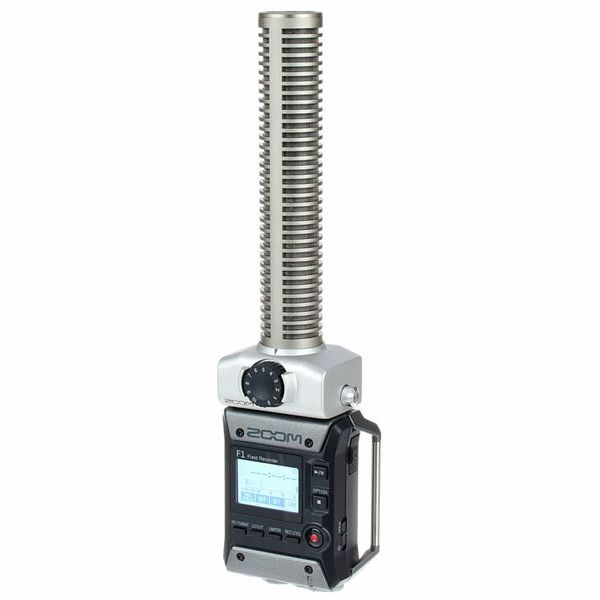
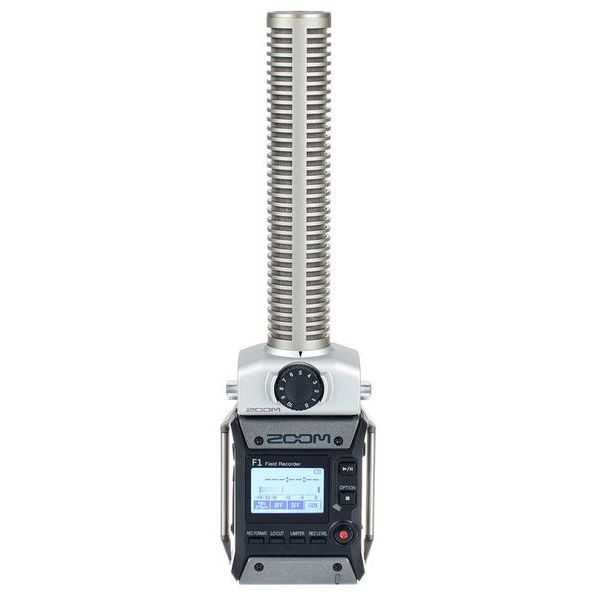
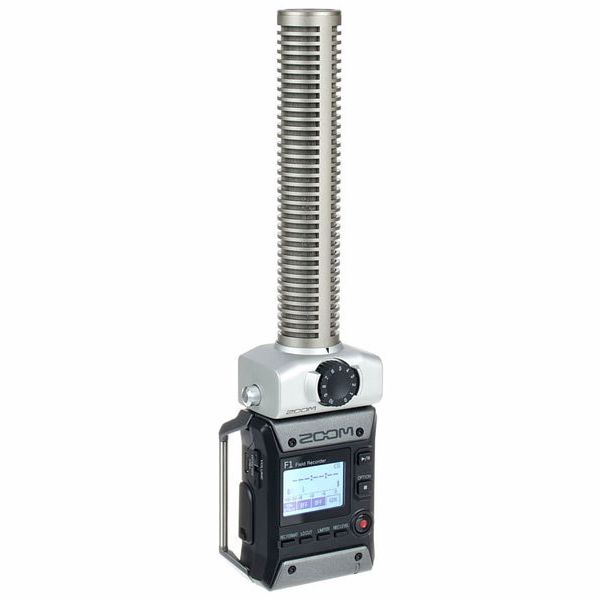
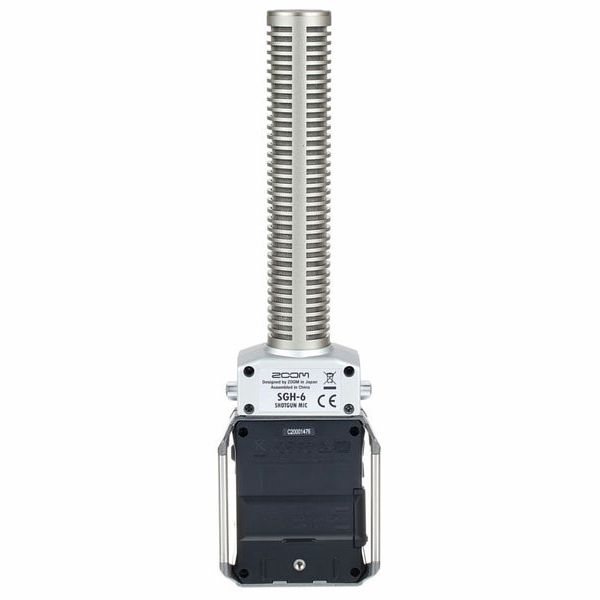
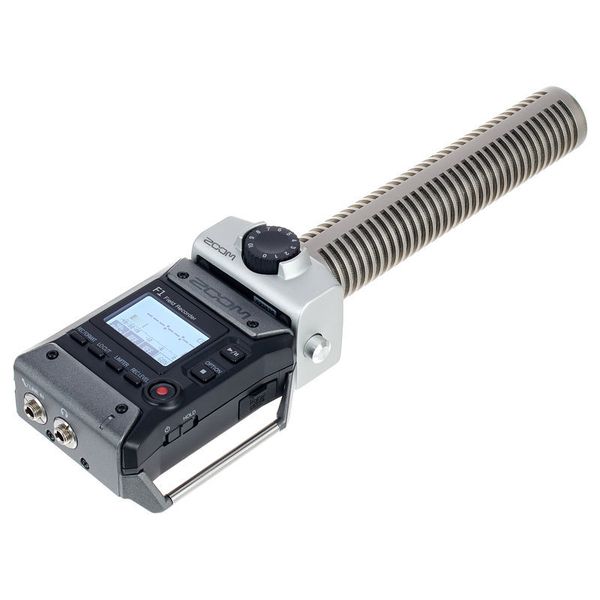
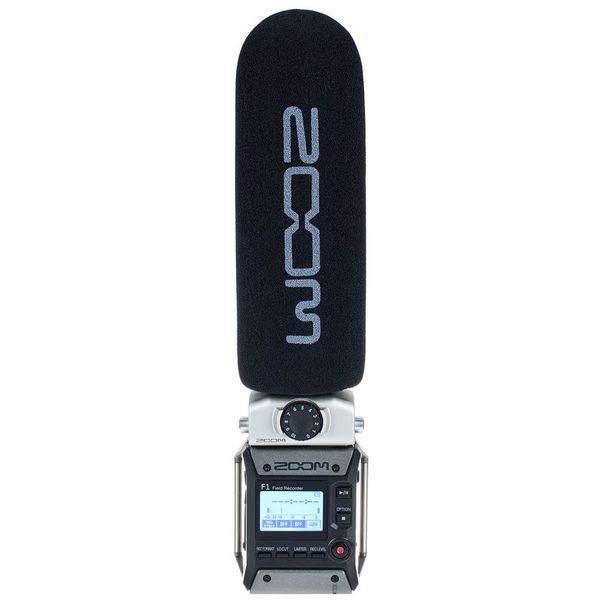
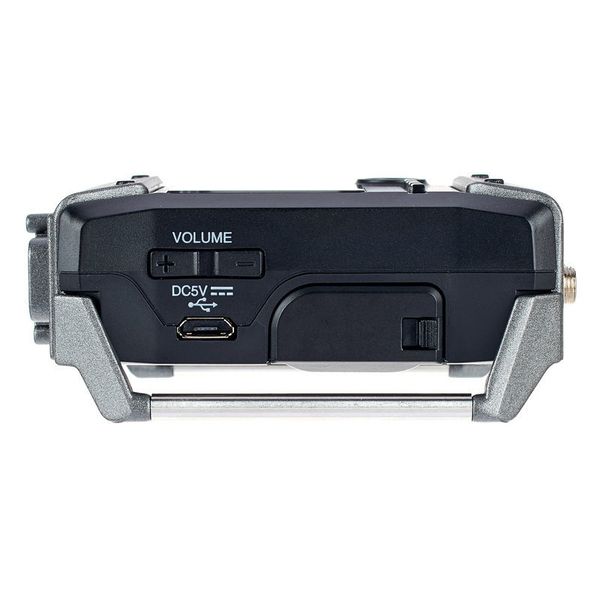
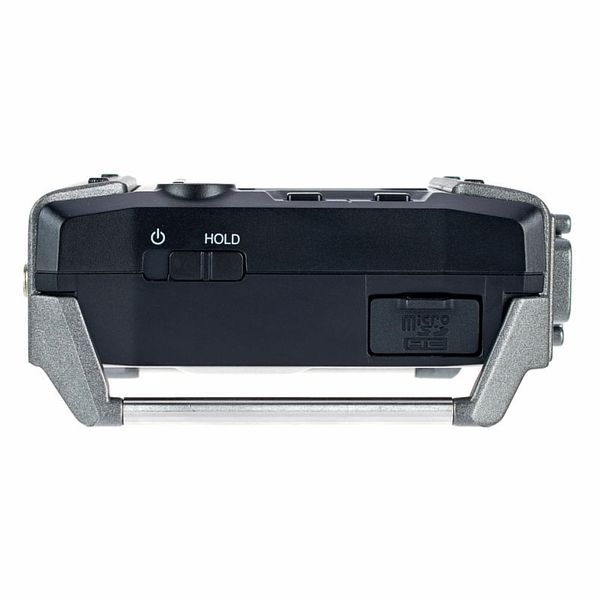
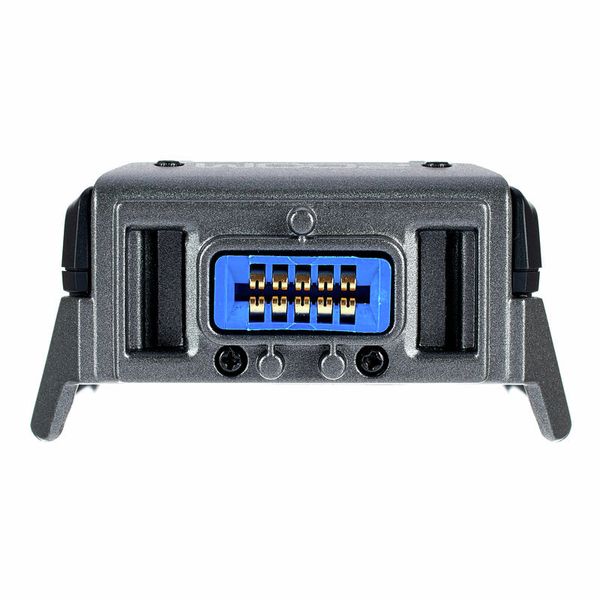
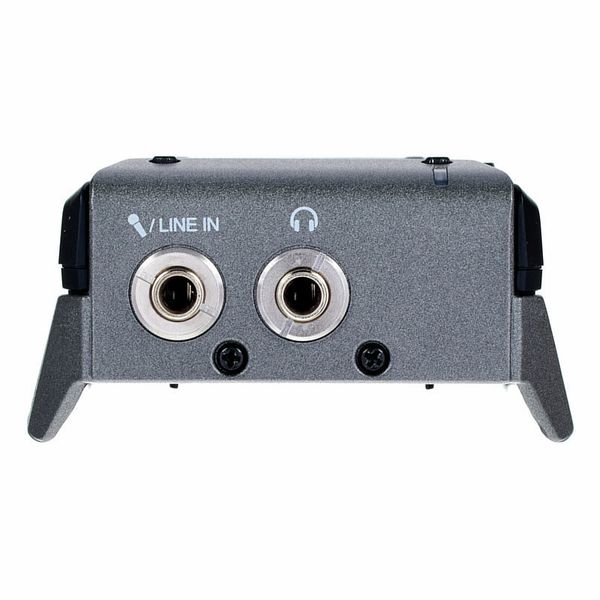
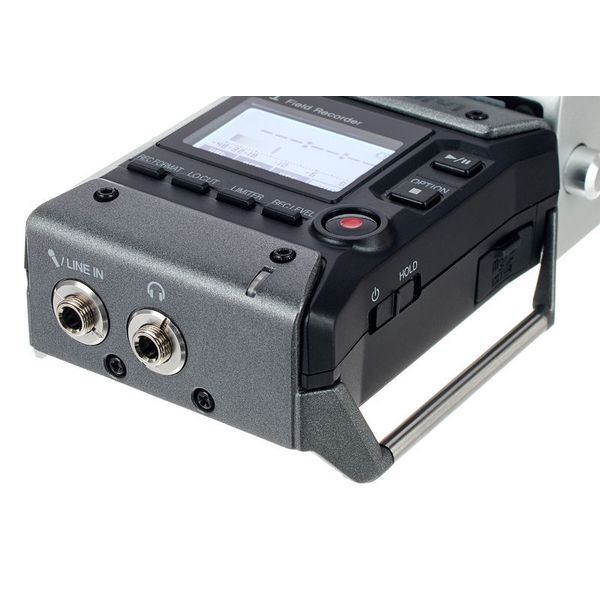
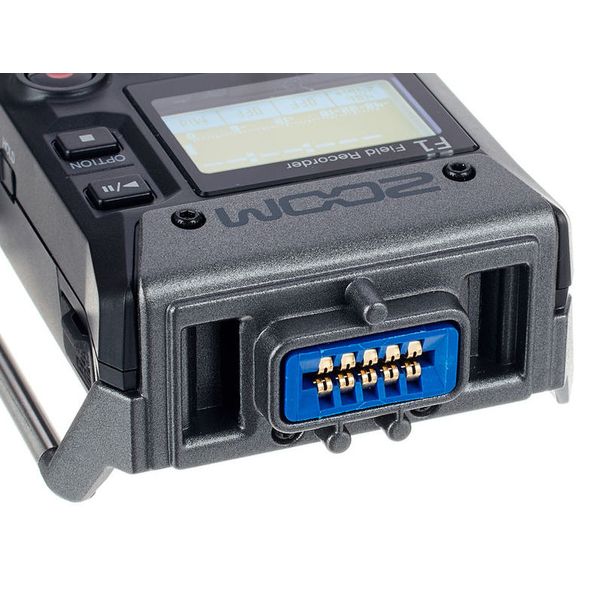
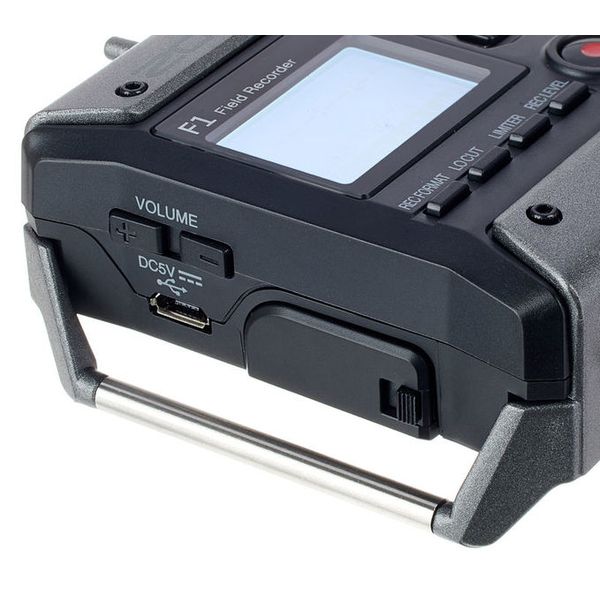
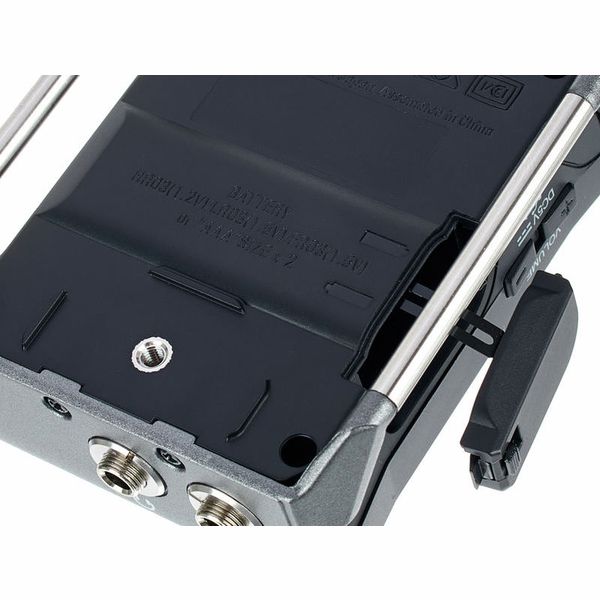
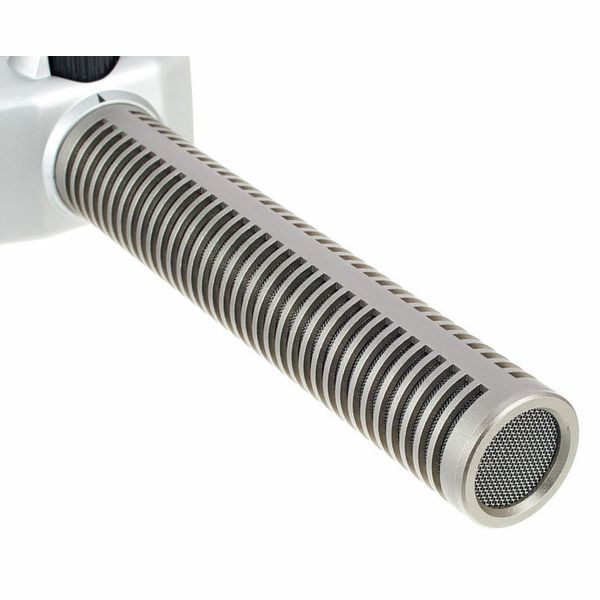
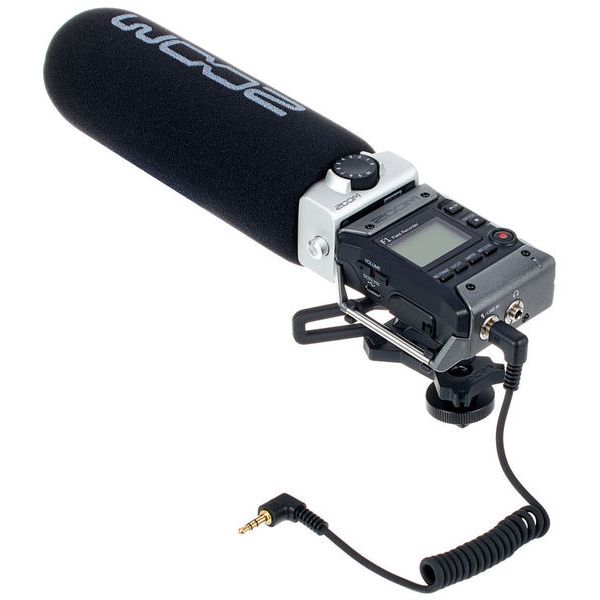
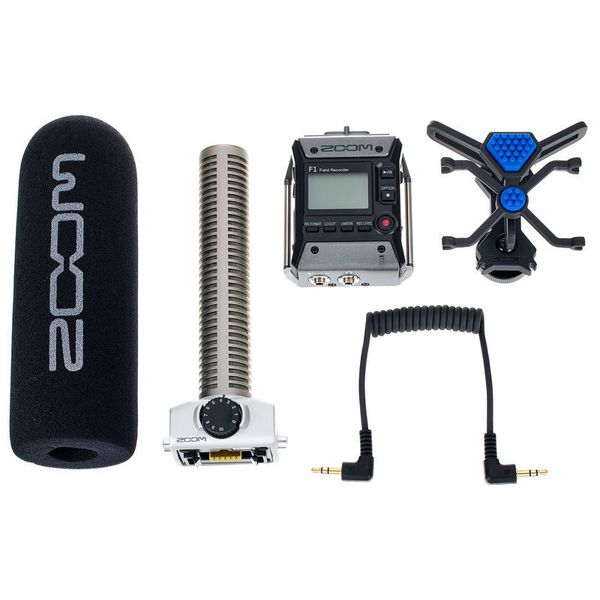



















)
)
)


